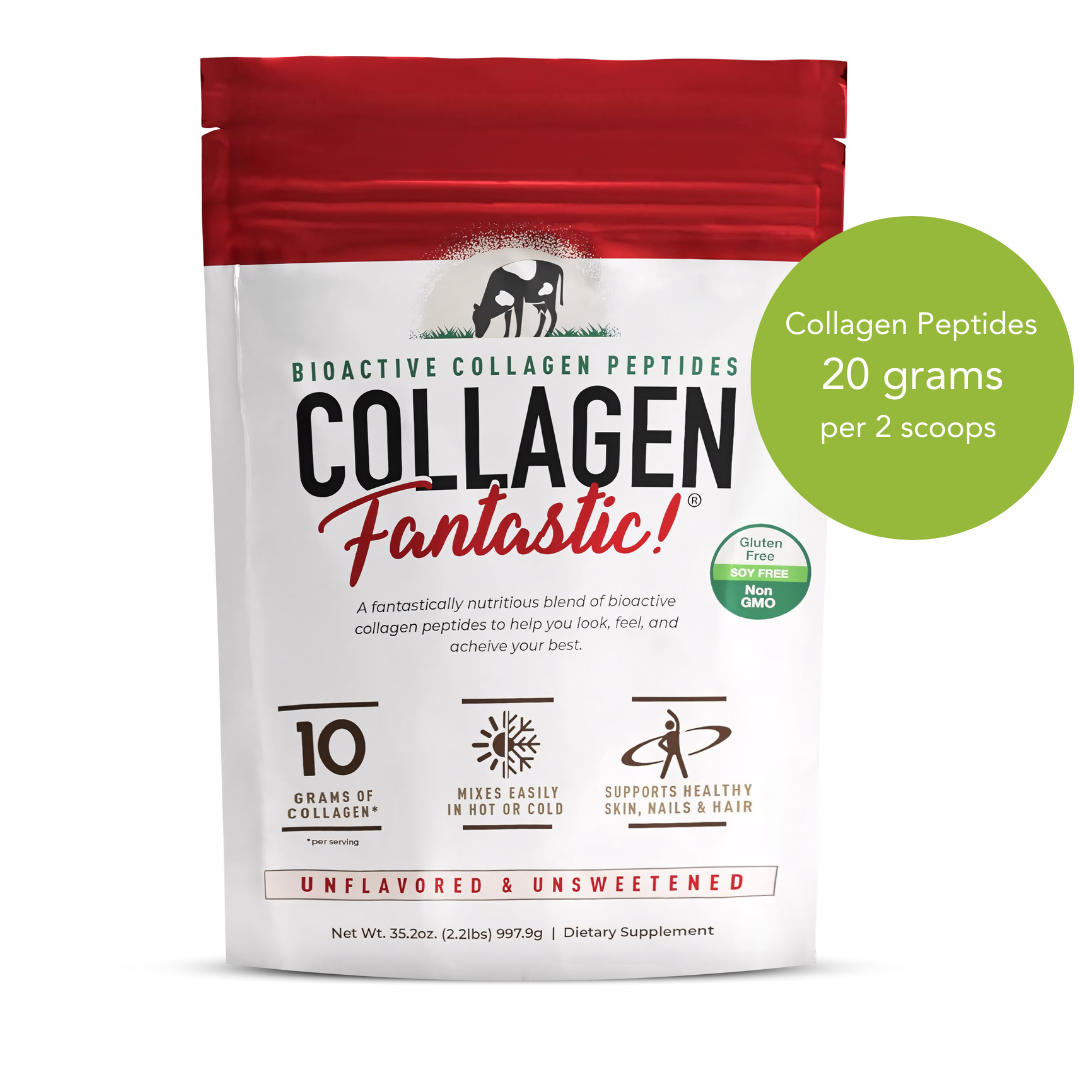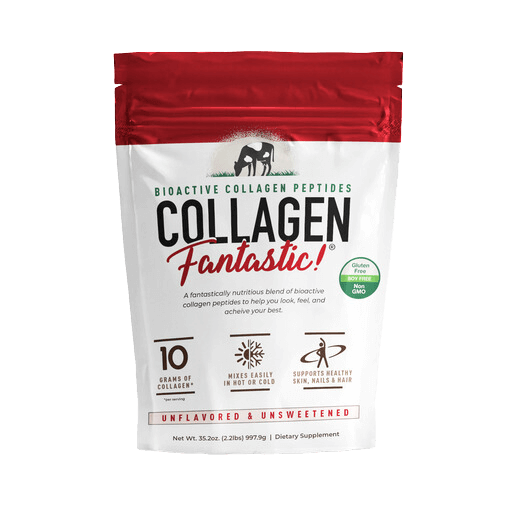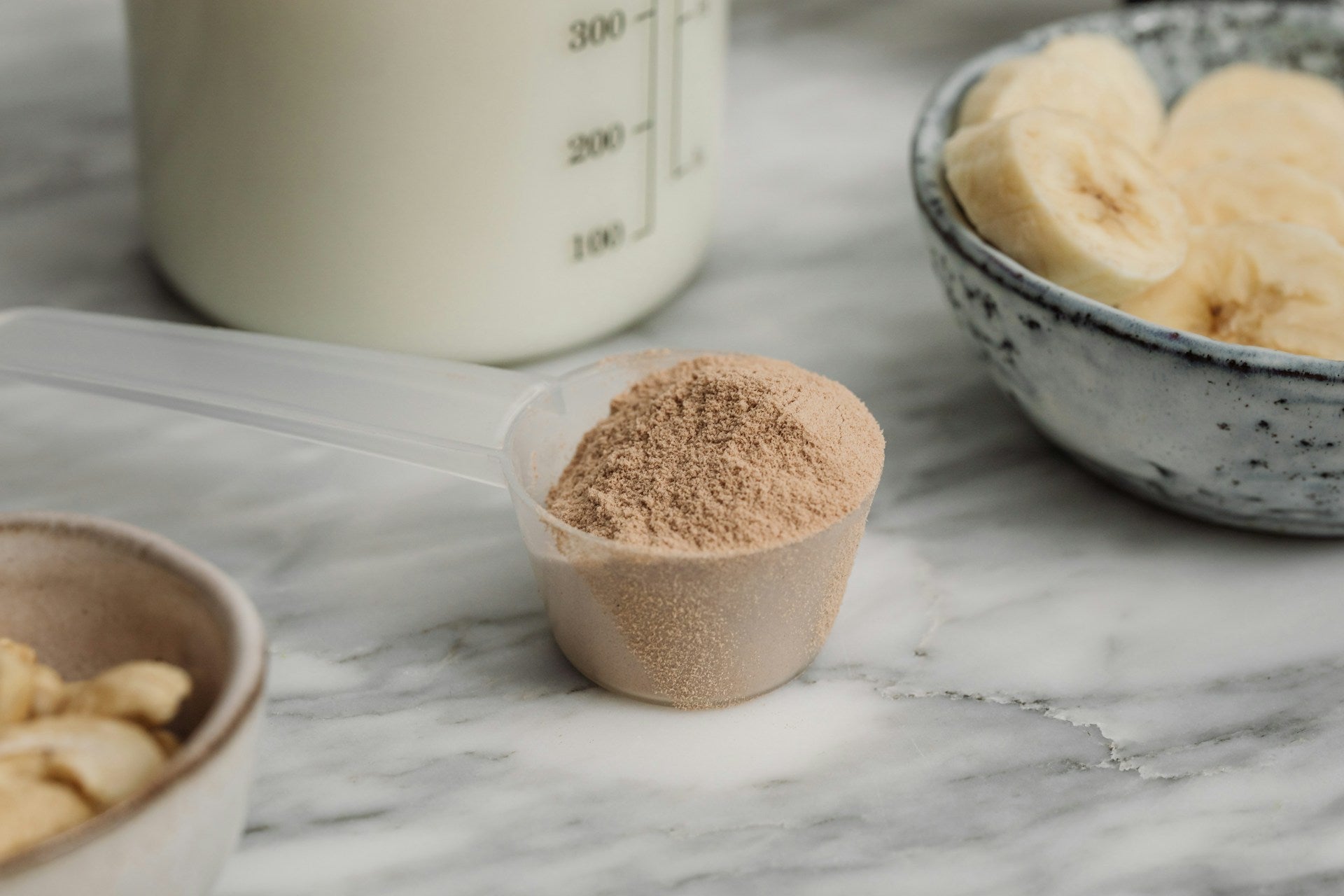Key Takeaways
-
Protein, collagen, and creatine each play unique but complementary roles in supporting muscle growth, joint health, and performance.
-
Stacking these supplements safely requires attention to quality, timing, and dosage, but the approach is simple and highly effective.
-
When combined correctly, these three staples create a foundation for long-term strength, recovery, and healthy aging.
Introduction
In the ever-expanding world of health and fitness, the idea of supplement stacking has become increasingly popular. Stacking is the practice of combining multiple supplements in a way that maximizes benefits while avoiding unnecessary overlap. For many active adults, the ultimate question isn’t whether to supplement at all, but which ones to combine for the best results.
Among the most trusted and researched supplements are protein, collagen, and creatine. Each one supports health and performance in a different way, but together they form a synergistic trio that strengthens the body, fuels activity, and protects long-term wellness.
This article will explore why these three supplements make such a powerful stack, how to use them effectively, and what to watch out for along the way.
Why Protein Is the Foundation
Every supplement stack needs a starting point, and protein is the obvious choice. Protein is made up of amino acids, the building blocks of muscle and tissue. Without enough protein in your diet, your body simply cannot repair itself after exercise, maintain lean muscle, or adapt to training.
For active adults, especially those lifting weights or doing endurance exercise, protein ensures the body has the resources to recover and grow stronger. A high-quality protein source like grass-fed whey offers a complete amino acid profile and rapid absorption, making it ideal for post-workout recovery. Plant-based proteins can also be effective when combined for completeness.
Think of protein as the foundation of the house—without it, the rest of the stack doesn’t have a structure to build upon.
Collagen: Protecting the Framework
If protein builds the house, collagen reinforces its structure. Collagen is the most abundant protein in the body and makes up much of your connective tissue, cartilage, ligaments, and skin.
While protein powders like whey target muscle repair, collagen focuses on the support system that holds your body together. For athletes, weekend warriors, or adults looking to age gracefully, collagen helps reduce joint stiffness, improve flexibility, and speed recovery from daily wear and tear.
Collagen doesn’t replace protein—it complements it. Adding collagen to your stack ensures you’re not only repairing and growing muscle, but also protecting the joints and connective tissue that allow you to stay active in the long run.
Creatine: Fueling Strength and Power
Creatine is one of the most studied and effective supplements for enhancing physical performance. Stored in muscles as phosphocreatine, it helps replenish ATP, the body’s quick-access energy source. In practical terms, this means more power for lifting, sprinting, and high-intensity activity, as well as better recovery between sets.
While protein helps muscles rebuild and collagen strengthens connective tissues, creatine directly impacts your ability to train harder and perform better. Over time, this translates to greater strength gains, lean muscle development, and improved training capacity.
Taken daily in a small dose—typically 3 to 5 grams—creatine becomes a quiet but powerful driver of long-term progress.
How These Three Work Together
What makes protein, collagen, and creatine such a powerful stack is the way their benefits intersect without unnecessary overlap.
-
Protein feeds the muscles, repairing and building lean tissue.
-
Collagen reinforces the connective tissue that supports movement and absorbs stress.
-
Creatine enhances performance capacity, making workouts more productive.
Together, they form a holistic system: stronger muscles, healthier joints, and greater energy for performance. This combination is especially useful for adults who want to stay active into their 30s, 40s, and beyond—because it supports both short-term gains and long-term resilience.
Timing and Dosage
Stacking these supplements doesn’t have to be complicated. Protein is best consumed after workouts or spread across meals throughout the day. Collagen can be taken anytime—many people stir it into morning coffee or evening tea. Creatine works best when taken daily, at a consistent time, with or without food.
-
Protein: 20–40 grams per serving, depending on body size and activity.
-
Collagen: 10–15 grams daily, either with protein or separately.
-
Creatine: 3–5 grams daily, ideally post-workout but effective at any time.
The key is consistency. Your body benefits most from steady intake, not sporadic use.
Avoiding Common Mistakes
One of the most common pitfalls in supplement stacking is assuming that more is better. Overloading your body with protein powders while neglecting whole foods, or taking megadoses of creatine in hopes of faster gains, won’t lead to better results.
Another mistake is choosing low-quality products. Supplements filled with artificial additives, poor sourcing, or unnecessary fillers can sabotage your goals. Clean, grass-fed, and minimally processed options give you the benefits without compromising health.
Finally, remember that supplements enhance but don’t replace nutrition. A diet rich in lean proteins, vegetables, healthy fats, and whole grains forms the bedrock of performance and wellness.
Who Benefits Most from This Stack?
While almost anyone can benefit from protein, collagen, and creatine, this stack is especially valuable for:
-
Athletes and fitness enthusiasts aiming for strength, performance, and recovery.
-
Adults over 30 looking to maintain muscle mass and protect joint health.
-
Busy professionals seeking efficient ways to support their fitness goals.
-
Active older adults who want to age gracefully without losing strength and mobility.
This stack is versatile—it works just as well for someone chasing a new personal best in the gym as it does for someone who simply wants to stay strong and pain-free into their 60s.
Long-Term Benefits of Smart Stacking
When used correctly, stacking protein, collagen, and creatine offers a range of short- and long-term benefits:
-
Faster recovery after workouts.
-
Greater muscle strength and endurance.
-
Reduced joint discomfort and stiffness.
-
Stronger connective tissues, bones, and skin.
-
Sustainable energy and performance improvements.
In short, the right stack doesn’t just fuel workouts—it supports a healthier, more resilient lifestyle.
Conclusion
The world of supplements can feel overwhelming, but it doesn’t have to be. By focusing on three of the most trusted and effective options—protein, collagen, and creatine—you can build a simple yet powerful stack that enhances strength, protects your body, and supports long-term health.
The key is quality, consistency, and balance. Together, these three supplements form a foundation for performance and healthy aging that goes far beyond what any one of them could accomplish alone.
At Fantastic Nutrition, we believe in keeping supplementation simple, clean, and effective. With the right stack, you’ll have the tools to train harder, recover faster, and stay active longer.
Frequently Asked Questions (FAQs)
1. Can I mix protein, collagen, and creatine into the same shake?
Yes. In fact, many people find it convenient to combine all three into a single post-workout shake. Just stick to recommended dosages and make sure your total daily protein needs are being met.
2. Is creatine safe to take every day?
Yes. Research shows creatine is safe for long-term daily use at standard doses of 3–5 grams. It’s one of the most studied supplements in sports nutrition.
3. Do I still need collagen if I already take protein?
Yes. Protein supports muscle repair, but collagen specifically targets connective tissue and joint health. They serve different purposes and complement each other well.
4. How long does it take to see results from stacking?
Most people notice improved recovery and performance within a few weeks. Joint health benefits from collagen may take 8–12 weeks to become noticeable, but consistency pays off.











